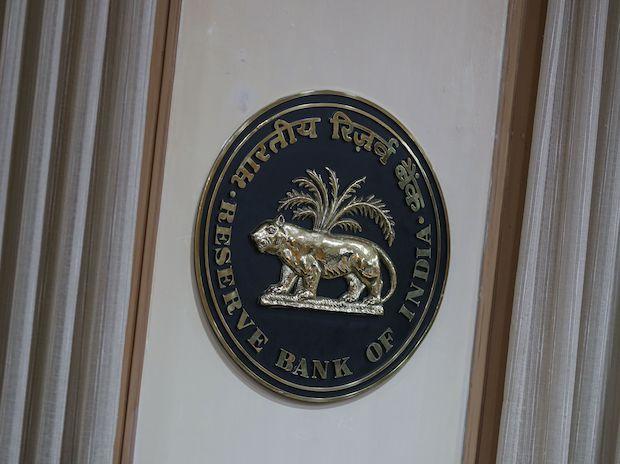[ad_1]
The consolidation of public sector banks has not impacted spread of financial inclusion as the total number of bank branches remained almost the same, M Rajeshwar Rao, deputy governor of Reserve Bank of India said on Friday.
In the last few years, the number of public sector banks has fallen to 12 from 27, between March 2017 and now, due to the government’s decision to consolidate the lenders.
The number of private sector banks has remained constant at 21 during the same period.
“The consolidation of public sector banks does not seem to have had any negative impact on their outreach or inclusive banking efforts as the total number of bank branches has largely remained same (with minor reductions due to rationalisation) pre-and-post merger,” Rao said in his address during the RK Talwar Memorial Lecture on Friday.
“Besides, the financial inclusion efforts have already transcended to a business correspondent led model leveraging on technology,” he said.
The deputy governor also hailed the introduction of niche banks – payments banks and small finance banks – which came into existence in the previous decade. SFBs have started playing a progressive role in mobilising savings from and providing credit to their niche customer segments, furthering the cause of financial inclusion, he said.
According to RBI, the growth of aggregate deposits and credit of SFBs have been significant since March 2018.
In the quarter ended Mar 2022, SFB’s deposits grew by 37.3 per cent on y-o-y basis while growth in credit portfolio was 25.6 per cent, as against growth rate of deposits and credit of scheduled commercial banks at 10.2 per cent and 10.8 per cent respectively
“Although, it may seem unfair to compare the concerned numbers of public and private sector banks to SFBs because of scale effects, even in terms of outreach through bank branches, SFBs represent about 4 per cent of bank branch network in India currently, expanding from less than 1% in 2017,” he said.
Regarding payments banks, Rao said these entities facilitated a total of about 11.4 crore mobile banking transactions amounting Rs.17,465 crore in value in the month of June 2020, which has increased to 47.3 crore transactions with aggregate value of about Rs.46,338 crore in just two years (August 2022), growing by 4.1 times in terms of volume and 2.7 times in terms of value.
“It is also important to highlight that as of August 2022, there were 2.5 crore active users of payments banks using their mobile banking facilities, representing about 2.7 per cent of all active internet users in India,” he said.
He also responded to the criticism that the banking regulator is conservative and reluctant to encourage to back innovation in the banking system.
“…technological changes need to be imbibed in digestible doses to forestall destabilising of the financial system. No doubt, growth of tech led innovation need to be fostered, but preserving financial system stability is an overriding objective for the regulators and achieving the right mix of ensuring stability while fostering innovation remains the goal,” he said adding that regulators expect that the nature of partnership between traditional banks and the new fintech players to evolve into a symbiotic one, and not necessarily an adversarial one.
[ad_2]
Source link



